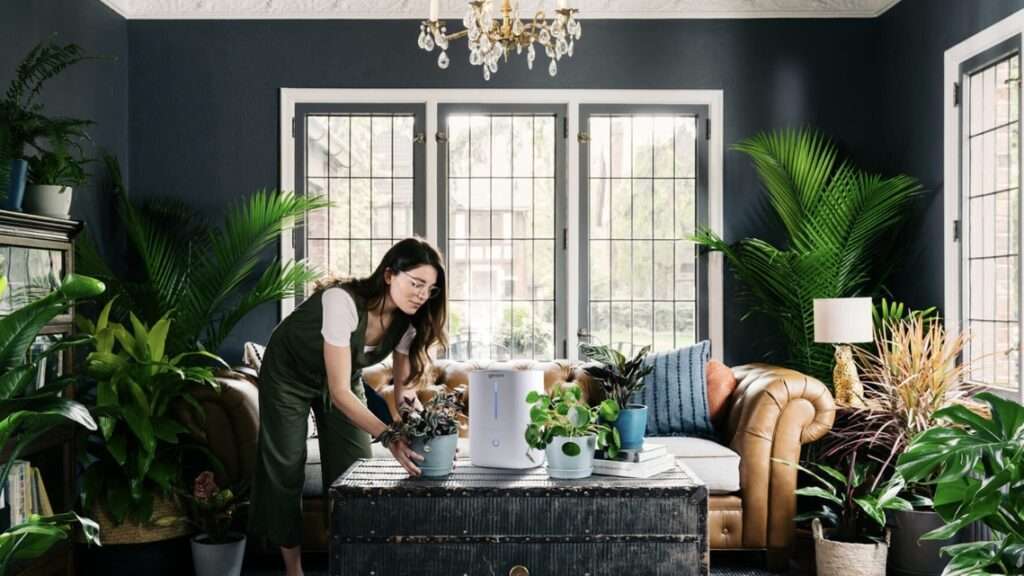Creating a home that promotes wellness is about designing a space that nurtures your physical, mental, and emotional health, transforming your daily life. At Leave It to Alexandra, we specialize in helping Southern California residents craft organized, peaceful homes with our compassionate, confidential, and judgment-free approach. Let’s explore how you can build a home that promotes wellness, fostering a sanctuary where you can thrive through intentional design, organization, and mindful choices.
A Home That Promotes Wellness Through Serenity
The foundation of a home that promotes wellness lies in creating an environment that feels calm and uncluttered, directly impacting your mental clarity. Clutter can overwhelm your senses, making it hard to relax or focus, so begin by simplifying your space. Clear out unnecessary items from your living areas—donate old furniture, recycle broken items, and keep only what brings you joy or serves a purpose. A minimalist approach doesn’t mean stripping your home bare; it’s about curating a space that feels open and airy. Choose neutral colors like soft whites, beiges, or pale blues for your walls and decor, as these hues have a soothing effect, reducing stress and creating a sense of peace. Natural light plays a big role here too—open your curtains, clean your windows, and let sunlight flood in to lift your mood and energy. A serene, decluttered space helps your mind feel less burdened, setting the stage for overall well-being.
How a Home That Promotes Wellness Enhances Your Body’s Needs
Your physical health benefits immensely from a home that promotes wellness, especially when it’s designed with functionality in mind. Think about your kitchen, a space where healthy habits often begin. Organize your pantry with clear containers for whole grains, nuts, and snacks, making it easy to choose nutritious options over processed ones. Keep your counters free of clutter, leaving space for meal prep, and store fresh fruits in a visible bowl to encourage healthy eating. Beyond the kitchen, consider air quality—add indoor plants like snake plants or peace lilies to purify the air and bring a touch of nature indoors, which can lower stress and improve breathing. Ventilation matters too; ensure your home is well-ventilated by opening windows regularly to let fresh air circulate. Creating a space that supports healthy eating and breathing helps your body feel energized and cared for, contributing to a holistic sense of wellness.
A Home That Promotes Wellness for Emotional Balance
Emotional well-being is deeply tied to how your home feels, and a home that promotes wellness prioritizes comfort and personal connection. Create cozy corners where you can unwind—think of a reading nook with a soft chair, a warm blanket, and a small shelf of your favorite books. Surround yourself with items that hold meaning, like family photos or handmade decor, to foster a sense of belonging and happiness. Scents can also play a role in emotional health; use essential oil diffusers with calming lavender or uplifting citrus to create a comforting atmosphere. Sound matters too—reduce noise pollution by adding rugs or curtains to absorb sound, making your home a quieter, more peaceful retreat. These elements work together to make your space a sanctuary where you can process emotions, relax, and feel emotionally supported, enhancing your overall wellness.
How a Home That Promotes Wellness Simplifies Your Life
A home that promotes wellness also simplifies your daily routines, reducing mental strain and fostering healthy habits. Organization is key here—when everything has its place, you spend less time searching for misplaced items and more time focusing on what matters. In your bedroom, keep your nightstand clear except for essentials like a lamp or a journal, creating a space that encourages restful sleep. In your workspace, organize your desk with labeled storage for papers and supplies, helping you stay focused and productive. At Leave It to Alexandra, our Office Organization services help Southern California residents craft spaces that streamline their routines, making daily tasks feel effortless. A well-organized home also supports habits like meditation or journaling—set up a quiet corner with a cushion and a notebook, free of distractions, to nurture your mental health. When your home is organized, your mind feels lighter, allowing you to engage in wellness practices with ease. Check out our Office Organization services
A Home That Promotes Wellness Through Presence
A home that promotes wellness encourages mindfulness and connection, helping you stay present and connected to yourself and your loved ones. Designate a tech-free zone in your home, like the dining area, where you can enjoy meals without distractions, fostering meaningful conversations with family. Incorporate a small meditation space with a comfortable mat and calming decor to encourage daily mindfulness practices, which can reduce anxiety and improve focus. At Leave It to Alexandra, our Home Decluttering & Organizing services help Southern California families create spaces that support these mindful moments, ensuring your home feels like a true sanctuary. By prioritizing presence and connection, your home becomes a place where you can recharge emotionally and mentally, enhancing your overall well-being. Discover our Home Decluttering & Organizing services. For more insights on designing a wellness-focused home, check out this guide

Create a Home That Promotes Wellness with Leave It to Alexandra
A home that promotes wellness is a powerful tool for enhancing your physical, mental, and emotional health, turning your space into a sanctuary that supports your best self. By focusing on serenity, functionality, comfort, organization, and mindfulness, you can cultivate a home that nurtures your well-being every day. At Leave It to Alexandra, we’re here to help Southern California residents with our compassionate, confidential, and judgment-free approach. Ready to transform your home? Book a free consultation with us today, or take our Organizing Profile Quiz to get started!
